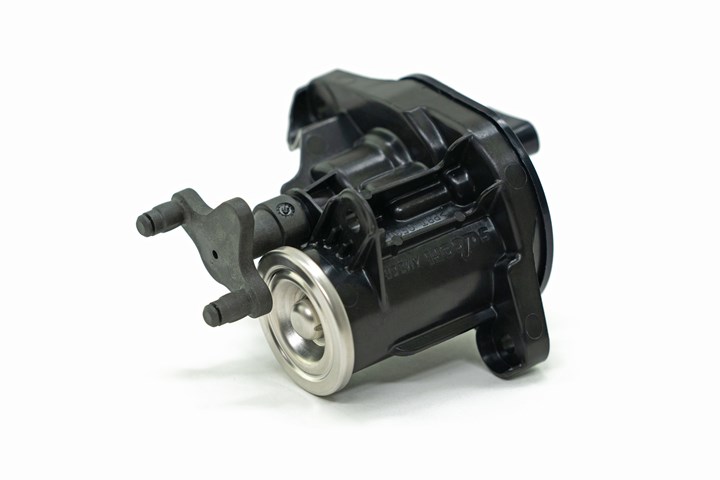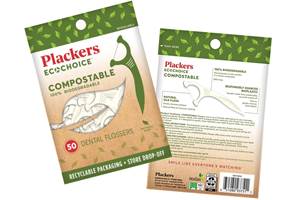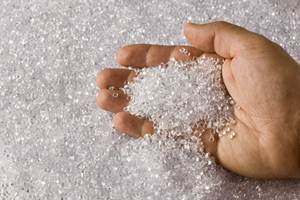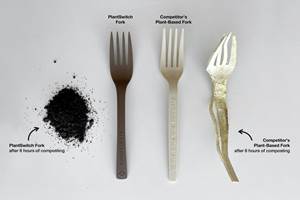Hydrolysis-Resistant PBT that is Also Laser Transparent 'Shines' in Demanding Automotive Engine Application
Actuators for new automotive diesel engine series made with a Lanxess PBT that is hydrolylis-stabilized and allows for laser transmission welding.
Not all PBT’s are created equal—particularly those used for demanding automotive applications, such as optimized combustion process swirl control actuators, part of the air management systems in combustion engines responsible for controlling the air supply to the intake module and, at the same time, ensuring sufficient air turbulence. Such actuators help to optimize combustion processes and so play a key role in ensuring that the engine is highly efficient, which is ultimately reflected in high fuel economy and correspondingly low consumption figures.
We recently heard from Lanxess regarding the use of one of its specialty PBT compounds that was selected by a German automotive manufacturer for a new automotive diesel engine series. PBTs are generally used for such actuators because of their dimensional stability. But, since an actuator can also be exposed to a hot and humid climate in the engine compartment, a hydrolysis-stabilized material is required. In this particular application, laser transmission welding (a major trend in plastic housings) was selected as the joining method because it produces strong, lint-free and tight welds.

However, the combination of hydrolysis resistance and laser transparency is a conflicting target on the material side. “As such, our Pocan B3233HRLT is already something very special with which we can serve this trend,” said Jean-Marie Olivé, an application development expert in Lanxess’ High Performance Materials (HPM) 大象传媒 unit. The actuators are developed and manufactured by Sogefi Air & Cooling SAS in Orbey, France. The company is part of Sogefi S.p.A., an Italian corporate group that is among the world’s leading providers of filter systems, flexible chassis components and air intake and engine cooling systems for vehicles.
In principle, a 30% glass-reinforced nylon 6 or a non-laser transmissible (LT) 30% glass-reinforced PBT would also be conceivable. However, nylon is less dimensionally stable due to moisture absorption, and in the case of non-LT PBT, one would have to switch to a less modern joining process, e.g. screwing with a seal or ultrasonic welding (lower weld seam strength, lint formation).
“The special feature of this application is certainly modern laser transmission welding. This is already something special with our PBT HR materials, since normally the transparency is not sufficient to achieve a good weld seam. In addition, we have a laser-transparent black here, which not everyone can do either. Normally, soot-filled black components absorb the laser radiation completely, so that no transmission welding is possible,” explained Olivé.
Laser transmission welding is ideally suited to the cost-effective and gentle production of very small components with complex geometries, making it perfect for the trend toward miniaturized electrical and electronic functions. The procedure uses the energy of laser light. A laser beam passes through a laser-transparent component and is absorbed by a second component – usually black-pigmented – underneath. The absorption creates heat, which melts the surface of the second component. In turn, heat conduction softens the surface of the first component, allowing a strong weld seam to form between the two components. In the case of the new actuator, the laser transparent part is made from Pocan B3233HRLT with laser transparent black coloring, while the absorbing housing half is made from Pocan B3233HR.
The outstanding resistance of B3233HRLT to hot and humid environments is demonstrated in the SAE/USCAR-2 Rev. 6 long-term test, which is conducted in accordance with a standard set by the American Society of Automotive Engineers (SAE) and considered to be among the world’s most demanding tests of the hydrolysis stability of plastics. A finished part is exposed to strong temperature changes at relative humidities of up to 100% over numerous cycles.
Said Olivé, “In specimen tests conducted in similar conditions, our compound fulfills the requirements of Class 3 and so can withstand temperatures up to 125 C/257 F.”
Related Content
How to Optimize Injection Molding of PHA and PHA/PLA Blends
Here are processing guidelines aimed at both getting the PHA resin into the process without degrading it, and reducing residence time at melt temperatures.
Read MorePrices Up for PE, PP, PS, Flat for PVC, PET
Trajectory is generally flat-to-down for all commodity resins.
Read MoreAdvanced Biobased Materials Company PlantSwitch Gets Support for Commercialization
With participation from venture investment firm NexPoint Capital, PlantSwitch closes it $8M bridge financing round.
Read MorePart 3: The World of Molding Thermosets
Thermosets were the prevalent material in the early history of plastics, but were soon overtaken by thermoplastics in injection molding applications.
Read MoreRead Next
Lead the Conversation, Change the Conversation
Coverage of single-use plastics can be both misleading and demoralizing. Here are 10 tips for changing the perception of the plastics industry at your company and in your community.
Read MorePeople 4.0 – How to Get Buy-In from Your Staff for Industry 4.0 Systems
Implementing a production monitoring system as the foundation of a ‘smart factory’ is about integrating people with new technology as much as it is about integrating machines and computers. Here are tips from a company that has gone through the process.
Read More












